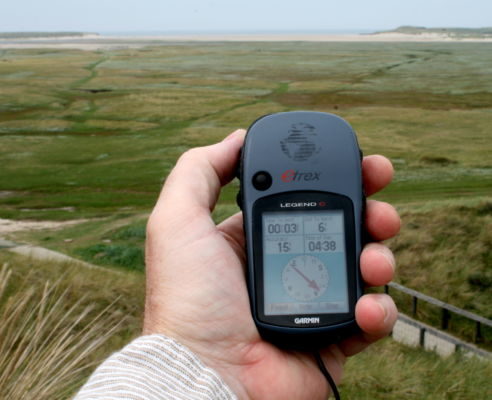Science isn’t just about the big breakthroughs – although they’re great when they happen. Mostly it’s about challenging assumptions, testing alternatives and finding new and better ways to do things. Change is incremental and improvements are constantly being integrated into the way things are done.
Something might be working already, but is there another way that’s better targeted, more economic, more effective, less controversial? Take 1080. There is a lot of opposition to aerial application of the toxin. But if we want to stop aerial applications of 1080, then we have to find a better way to do things that is also economically affordable. Here’s one research project that aims to do just that:
In a paper published last year, David Morgan, Bruce Warburton and Graham Nugent of Landcare Research, Lincoln, tested a modified approach to large scale predator control, where non-toxic ‘prefeed’ bait is dispersed by aerial application, utilising the cost-savings of aerial operations compared to ground-based labour costs. Ground-based poison baiting is then carried out, following the GPS-tracked flight path of the prefeeding application.
By using GPS to track the flightpath of the initial prefeed drop, the poison application can be accurately placed. This means that the poison bait is sparsely and precisely applied to a flightpath where target animals have already become used to scoring an easy meal. The target predators are already looking for food in the vicinity so are more likely to find it than if a ground-based poisoning operation was carried out without the prefeed.
The researchers carried out two field trials – one in the North Island, near Mt Ruapehu and the other near Reefton on the South Island’s West Coast. Both 1080 and cholecalciferol baits were tested in separate areas and ‘chewcards’ were used to assess how effective the method was. These chewcards were compared with chewcards from scheduled aerial 1080 operations that were carried out in nearby areas at around the same time.
In the initial field trial, the method worked well for 1080, but there were problems with the amount of cholecalciferol bait used.

“Contractors carrying out ground based control were able to follow the GPS tracks of aerial prefeeding flight lines very accurately, and with 1080 baits achieved very high levels of kill of possums and rats similar to those achieved by aerial 1080 baiting. Cholecalciferol was less effective in the first trial, but by doubling the amount of cholecalciferol bait used in the second trial, few possums or rats survived.”
Although the baiting was ground-based, the researchers believe that using GPS tracks was a cost-effective approach.
“By measuring the time taken to complete ground baiting from GPS tracks, we predicted that the method (using 1080 baits) would be similarly cost effective to aerial 1080 operations for controlling possums and rats, and considerably less expensive than typical current costs of ground based control. The main limitations to the use of the method will be access to, and size of, the operational site, along with topography and vegetation density.”
The full research report is published online by PLOS:ONE and is freely available.

